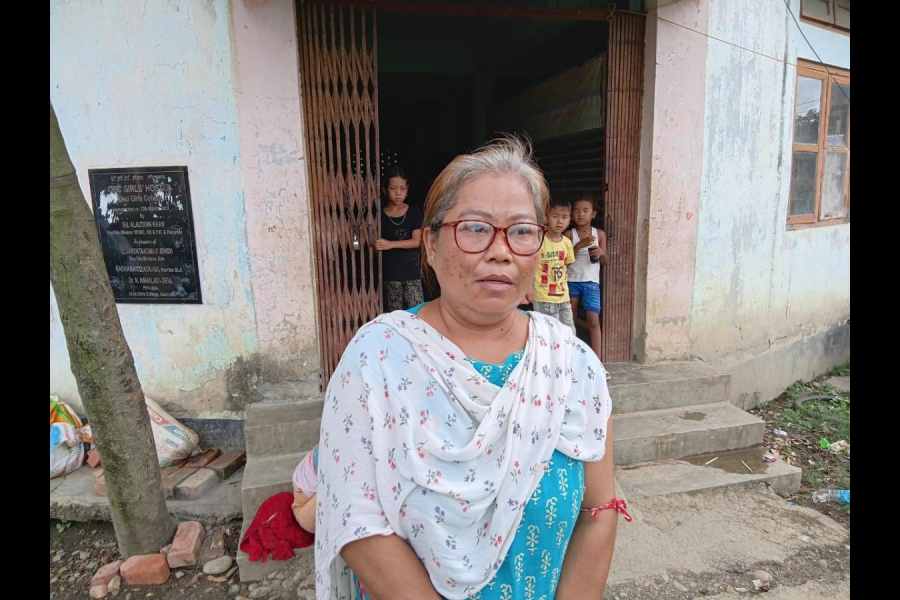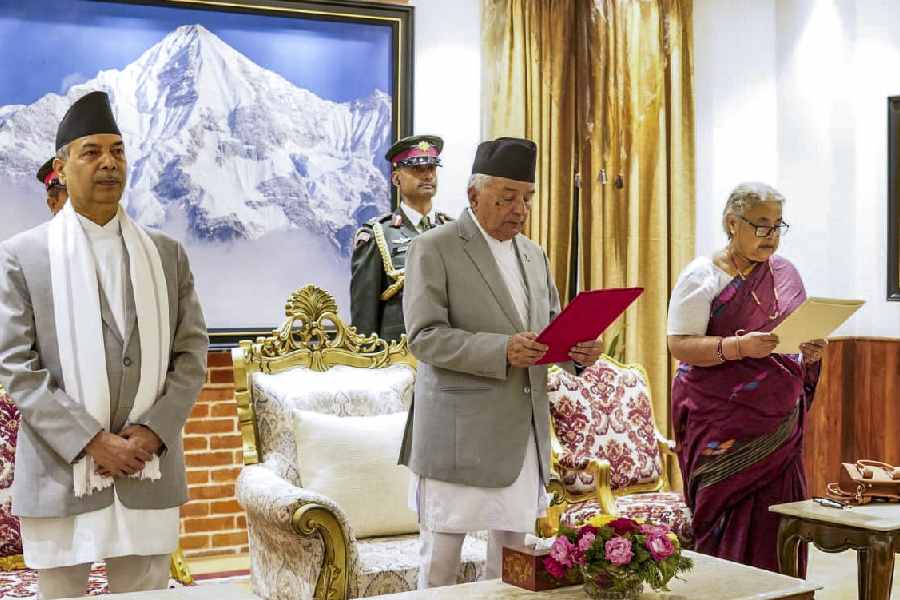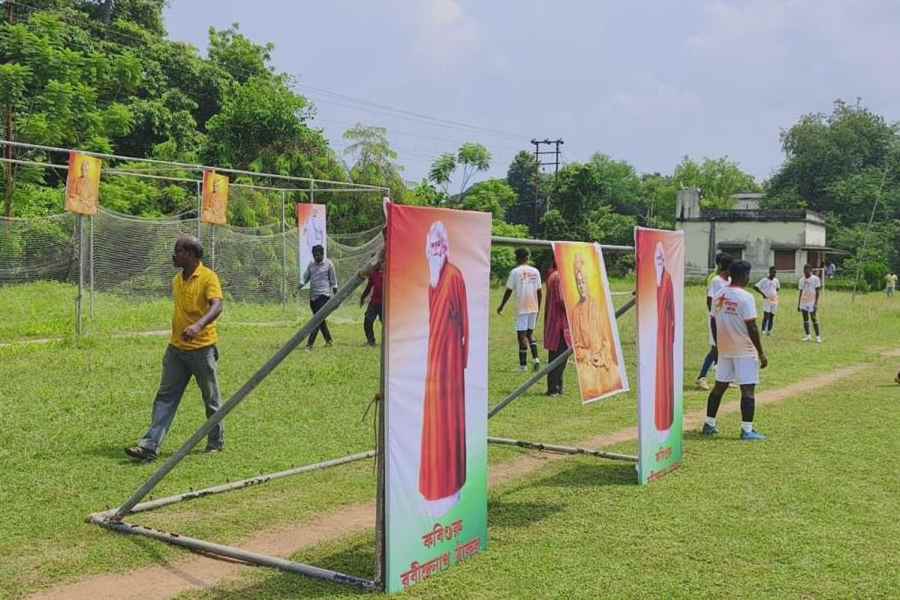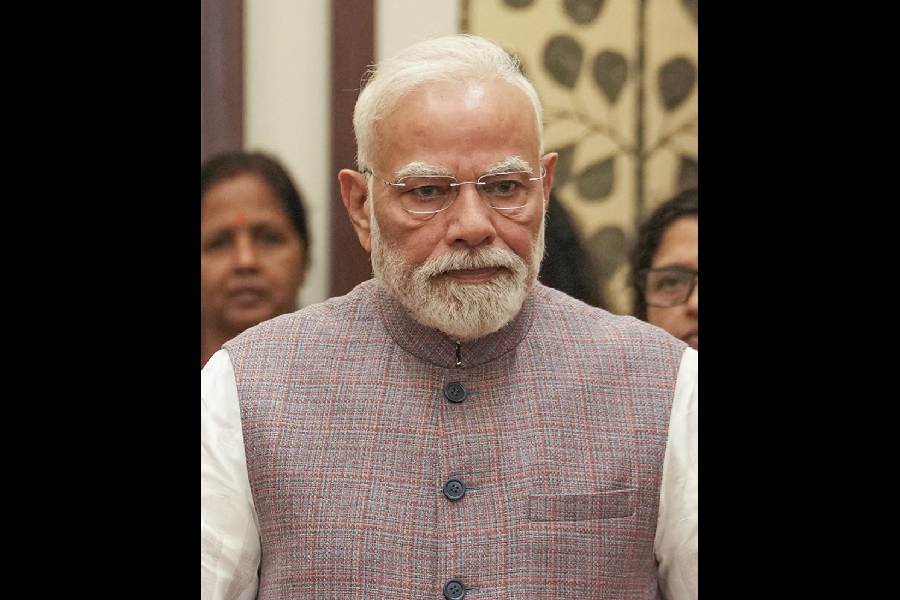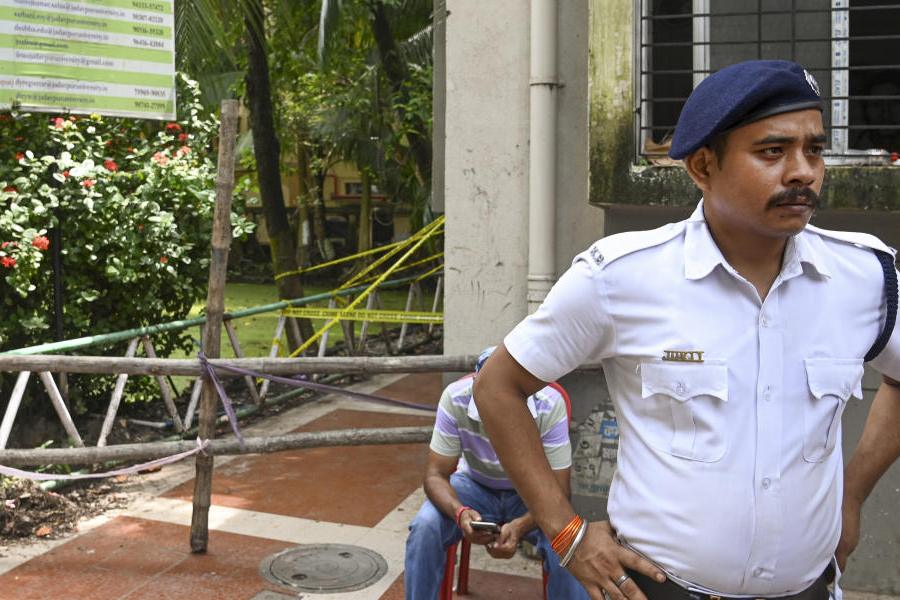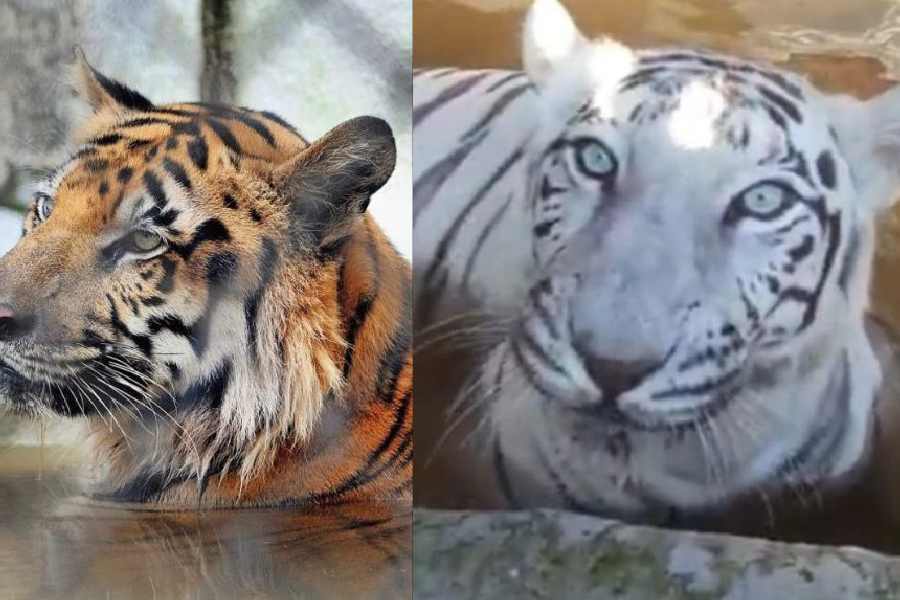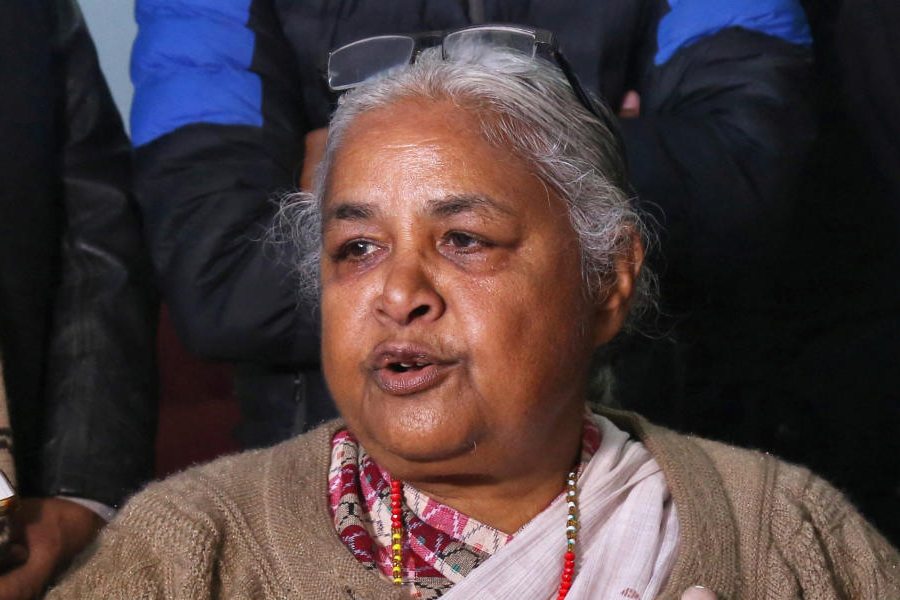 |
| © Museum Rietberg, Photographs: Rainer Wolfsberger |
It’s described as the ‘great meeting of the gods’ in Bastar district and it involves hundreds of tribal deities being taken out in a celebratory procession. But now a similar ‘Street Parade of the Gods’ is taking place in a city that’s far distant from Bastar in every way — Zurich, Switzerland.
The yawning physical and cultural distance between Bastar and Zurich is being bridged by the prestigious Museum Rietberg which is holding an unusual exhibition of around 300 bronze figurines from Bastar. The figurines have been donated to the museum by two former diplomats-cum-collectors Hans Kaufmann and Jean-Pierre Zehnder. Eight of the bronzes have also come from a third donor, Janine Magnenat Ferguson. The just-opened exhibition is titled Street Parade of the Gods and on display are deities and dancers, horses and elephants and gods and goddesses, all laid out in a procession.
“The Bastar bronzes are usually considered handicrafts and not high art. But these bronzes have an aesthetic value and we wanted to present them as an artistic collection and enhance their stature,” says Johannes Beltz, curator of South and Southeast Asian Art, Museum Rietberg.
 |
| Elephants and horses, gods and goddesses, and swings are all part of the unique collection of bronze Bastar pieces currently on show at the Museum Rietberg in Zurich © Museum Rietberg, Photograph: Rainer Wolfsberger |
Certainly, it is the first time that such a large number of high-quality Bastar bronzes have been brought together. Their value has grown enormously because the region’s tribal traditions are disappearing rapidly. The Rietberg got leading Indologist and cultural anthropologist Cornelia Mallebrein, who’s an expert on tribal art, rituals and religious traditions across India, to guest curate the show.
“Things are changing so fast with the tribals dismantling the old mud huts where these bronzes were kept to make cement temples with cement figures. The aesthetic is changing and the whole ritual tradition is vanishing,” says Mallebrein, who has been doing field research on tribal traditions in India since 1989.
The bronze parade is accompanied by three documentaries by Mallebrein on the famed Dussehra festival in Jagdalpur, the Mandei spring festival and on the metal casters who create the bronzes. “My aim is to give importance to Indian folk art by showing its socio-cultural context,” says Mallebrein.
 |
 |
| Collectors Dorothea and Jean-Pierre Zehnder (top) and Heidi and Hans Kaufmann (above) were drawn to the Bastar bronzes during their time in India |
 |
| Cornelia Mallebrein, the leading expert on tribal traditions across India, is guest curator of the Rietberg show |
The sculptures are from the early to mid 20th century. But unlike the recent figurines made for a commercial market, these were commissioned by worshippers and so reflect a bond between them, the gods and the metal casters. “That aesthetic aura is not there in the new pieces,” says Beltz.
It’s this aesthetic that first drew Kaufmann and Zehnder — their wives Heidi and Dorothea also played a vital role in putting the collection together — to the bronzes. “I’m fascinated by primitive art. I was posted in Congo earlier and have an African art collection. So, when I moved to Delhi, it was natural to move to Bastar art,” says Zehnder, who was the Swiss ambassador in India from 1989 to 1995.
And Kaufmann too was a collector of tribal art in Central America and Africa before he came to Delhi in 1986 as the commercial attaché at the Austrian embassy. Kaufmann first chanced upon a Bastar horse in Delhi’s Sundernagar market. “Later, I found that it was a new piece. But I enjoyed it a lot and still have it,” he says. Soon he and his wife Heidi began collecting Bastar sculptures.
According to Mallebrein, the huge sell-off in tribal bronzes began around 1980 when suddenly an art market developed for them. “This prompted local tribes to sell them because often hundreds of bronzes were stored in a village temple,” she says. Some bronzes were even sold by the kilo for their metal value.
Kaufmann, who also has a collection of Gond, Bhuta and Naga art, says that he was drawn to the Bastar bronzes because “they express so much about the people”. “I don’t understand why they’re so neglected worldwide. Even in India, they were completely underestimated at the time that I was there,” he says.
 |
| © Museum Rietberg, Photograph: Rainer Wolfsberger |
The Kaufmanns, who’ve visited India every year since they left in 1993, have made several trips to Bastar. The nearly 100-piece strong collection that they donated to Rietberg in 2010 includes unusual pieces like Goddess Dankeshwari on a swing. But their favourites are their numerous elephants and the swings. “Each one is different and that’s why they’re so fascinating,” says Kaufmann.
The elephants are a favourite of the Zehnders too. They donated almost 150 Bastar bronzes in 2008. “We still have three of the best elephants, one for each of our boys,” says Zehnder. Like Kaufmann, Zehnder too bought his first bronze from Sundernagar. Later, he collected pieces from dealers and hotel shops. “At that time it was quite easy to get them in Delhi but by the end of my tenure, you couldn’t find any exceptional pieces,” he says.
Mallebrein points out that each Bastar bronze is unique because of the casting technique and because each craftsman “brought his own vision and desires to the figure” unlike say, the Chola bronzes which followed an established model. “The earlier metal casters were even inspired by the sirhas [the human mediums of the gods] so the connection with the ritual comes through in the art. The bronzes and the rituals go hand- in-hand. You can’t understand them unless you go into the field,” she says.
Yet, modernisation is also causing an “identity crisis” among the tribals, and their “living tradition” is slowly moving to the realm of “folklore”, she says. Perhaps, the Street Parade of the Gods will help more people to understand the nature of that tradition.


